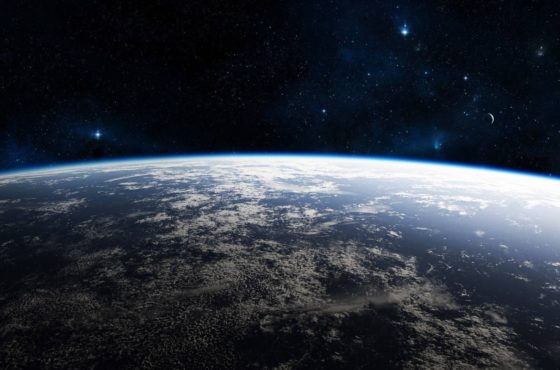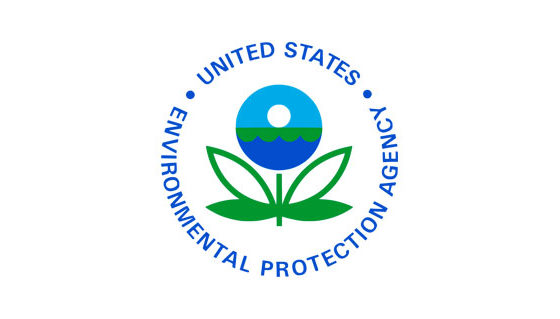Alaska Oil Spill Blues
Published by Ocean Conservancy
Devastating 3,000 Gallon Spill of Heavy Fuel Oil Near Kodiak
As of March 1, responders have still not been able to get to the site.
What I anticipated to be a glorious day—how could the day after International Polar Bear Day be anything but amazing—began on a sad note as news broke of a devastating spill of heavy fuel oil (HFO) near the southern end of Shuyak Island near Kodiak, Alaska.
On Monday morning, hurricane force winds destroyed a dock holding around 3,000 gallons of tar-like heavy fuel oil. Unfortunately, the spill occurred in designated critical habitat for the endangered northern sea otter and Steller sea lion. It is also home to abundant populations of waterfowl, seabirds, eagles, and a variety of fish species including pacific halibut, pacific cod, pacific herring and more. Aerial pictures released by the U.S. Coast Guard show a slick of heavy fuel oil spreading on the surface of the ocean, undoubtedly impacted by the extreme currents in the area.
As you know, any oil spill is bad news for our ocean. A spill of heavy fuel oil? That is essentially the worst of the worst. Unlike marine diesel, this kind of fuel is extremely viscous, and breaks down very slowly in marine environments, particularly in colder regions. In a simulated spill scenario in Norway, distillate fuels nearly disappeared from the water surface after three days. Heavy fuel oil remained present more than five times longer.
Bad weather has prevented the U.S. Coast Guard’s response efforts (lead by Alaska Chadux) from arriving at the site. They will have a big challenge on their hands when they do get to Shuyak because there are still no response techniques that will ensure all the oil is removed from the marine environment.
These circumstances are significant because Shuyak is only 50 miles away from a U.S. Coast Guard base. And even with response assets so near, the response team can’t access the spill because of harsh weather. Can you imagine if there was a heavy fuel oil spill in a remote Arctic location under similarly challenging bad weather, with the addition of ice in the mix?
Remoteness, lack of effective response techniques and extremely limited response capacity would make a spill in the Arctic virtually impossible to clean up. For example, if a spill were to occur near Barrow, the nearest major port (Dutch Harbor) is 1,300 miles away by boat, while the nearest permanent USCG station (Kodiak) is a 950-mile flight away. Once responders arrive at the remote spill site (possibly days to weeks later), cleanup attempts may be hindered by intense storms, high waves and sea ice.
At present, around 75% of marine fuel currently used in the Arctic is heavy fuel oil. For the past two years I have worked to phase out the use and carriage of this bottom of the barrel fuel in Arctic waters. As part of the Clean Arctic Alliance, Ocean Conservancy has also called on the International Maritime Organization to ban its use and carriage for use in the Arctic by 2020. Heavy fuel oil has already been banned in Antarctic waters.
While response teams brave the elements to get to this spill site, I am hoping that they will be able to recover at least some of the oil. It’s a sobering reminder that we need to keep calling for an Arctic free of heavy fuel oil.
The post Alaska Oil Spill Blues appeared first on Ocean Conservancy.
Read the full article at: https://oceanconservancy.org/blog/2018/02/28/alaska-oil-spill-blues/



